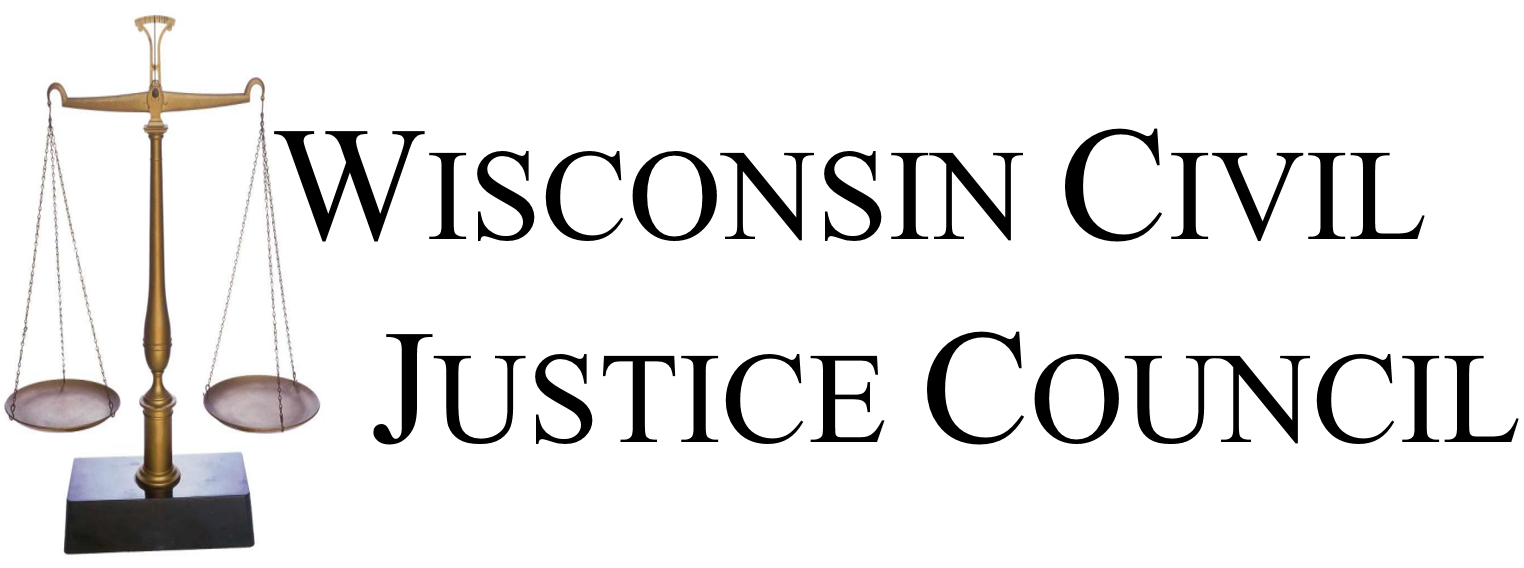In Graff v. Continental Indemnity Co. (2018AP1782), the Court of Appeals District III held that the worker’s compensation exclusive remedy bars tort actions based on negligent denial of benefits by an insurance company.
Plaintiff Francis Graef developed depression as a result of a work-related injury. Continental, Graef’s employer’s worker’s compensation insurer, approved initial payments for medication to address Graef’s depression. When Graef tried to refill his prescription in June 2015, Continental did not approve the payment before Graef left the pharmacy without his prescription. In August 2015, Graef made a suicide attempt.
Graef filed this action for damages associated with his suicide attempt, alleging that Continental was negligent when it failed to continue to authorize and pay for his prescription medication to treat his depression. Continental sought to dismiss the claim, arguing that Wisconsin’s worker’s compensation law was the exclusive remedy for the claim.
The court agreed that worker’s compensation was the exclusive remedy for Graef’s claim. The worker’s compensation statute provides that “the right to recovery of compensation under this chapter shall be the exclusive remedy against…the worker’s compensation insurer” (Wis. Stat. § 102.03(2). Graef’s depression was the result of a workplace injury, so his employer – and Continental as the employer’s worker’s compensation insurer – were liable under the worker’s compensation law. Therefore, the exclusive remedy provision applied, blocking Graef’s tort claims.
